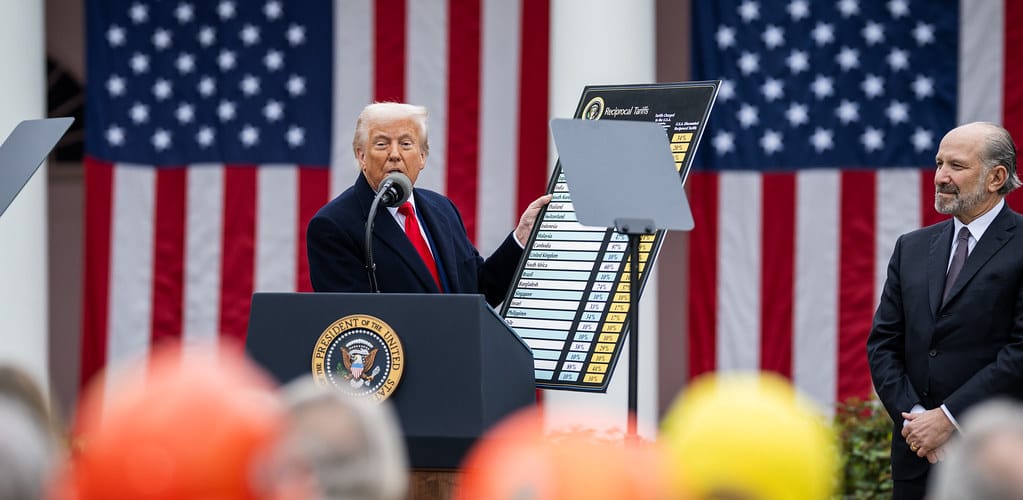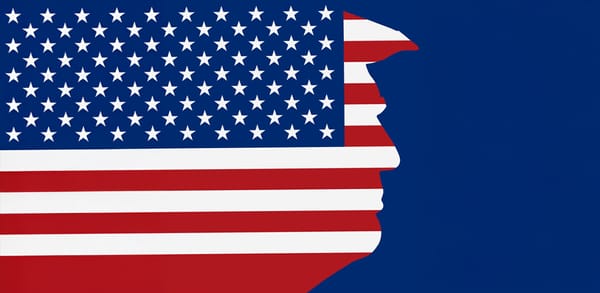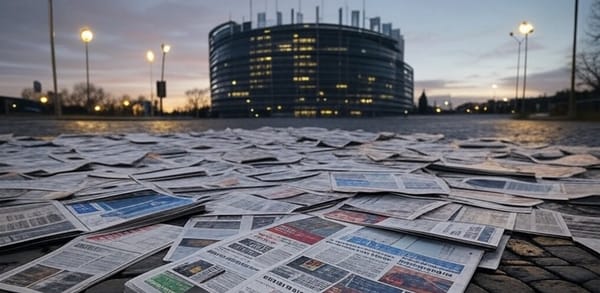
🔍 Trump’s 2018 tariffs: Effective protection or costly measure?
Claims suggest that when Donald Trump imposed tariffs on imported washing machines during his first term in office to protect domestic manufacturers, the move resulted in job creation... Let’s fact-check those claims in 2 minutes.
FACT-CHECK
📌 1. The Claim
- Donald Trump’s 2018 tariffs on imported washing machines effectively protected U.S. manufacturers and boosted domestic employment.
📌 2. Origin of the Claim
- The primary voices making this claim are the Trump Administration and Donald Trump himself, who repeatedly argue that tariffs are beneficial for American manufacturers and workers.
📌 3. Verified Facts
- President Trump imposed “safeguard” tariffs in 2018 under trade law Section 201 after complaints from Whirlpool about unfairly cheap imports from Samsung and LG. (The Guardian)
- Samsung and LG opened plants in South Carolina and Tennessee. Whirlpool added jobs in Ohio. The tariffs created around 1,800 jobs initially. By 2025, the job total rose to around 2,460. (Brookings)
- The median prices of washing machines and dryers rose by $86 and $92 (£66 and £70) per unit after the tariffs were imposed. As complementary products often sold together, retailers priced them similarly. Consumers ultimately bore the brunt, with 108% to 225% of the tariffs passed on through higher prices, significantly exceeding the original tariff amounts imposed on imports. (American Economic Association)
- New jobs came at a steep cost: about $817,000 (£626,000) per job in the first year.
- Consumers eventually paid around $1.5 billion (£1.15 billion) more in just the first two years due to higher appliance prices (American Economic Association).
- Over five years, the added consumer burden likely exceeds $2.5 billion (£1.9 billion).
- The estimated cost per job created is $1.02 million (£780,000).

— Trump’s tariffs estimated cost per job created is $1.02 million.
📌 4. Common Misconceptions
- Many assume tariffs only hurt foreign companies. In reality, U.S. producers also raise prices. Therefore, ultimately, it is the consumers who pay the price.
📌 5. Conclusion
- While Trump’s 2018 tariffs did offer some protection to U.S. manufacturers and resulted in job creation in certain sectors, their gains came with significant price increases, which imposed substantial costs on American consumers.
- The policy, therefore, prioritised optics over economic efficiency.
📌 Final verdict:
- Partially True 🏳️
Why is the verdict ‘Partially true’?
The verdict is Partially True 🏳️ because ...
- Tariffs encourage foreign companies to move more of their manufacturing operations to the U.S. ✅
- Tariffs drove factory investments and job creation. ✅
But:
- The economic “success” is undermined by disproportionate consumer costs. ❌
- Tariffs don’t only punish foreign firms, they actually hurt consumers. ❌
Bottom line:
The tariffs brought jobs, but at a steep cost. It is a cautionary tale of protectionism: economically inefficient, politically attractive.


GOING FURTHER
Did Trump’s tariffs benefit American workers and national security? | Brookings
The spillover effects of trade warsThe spillover effects of trade wars | American Economic Association
Trump’s Washing Machine Tariffs Stung Consumers While Lifting Corporate Profits | The New York Times
Sources:
▪ Cover: Flickr/The White House. (Licensed under a Creative Commons Attribution-ShareAlike 4.0 International License.)






[Read our Comments Guidelines]